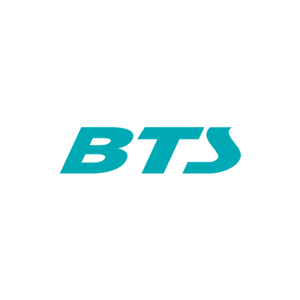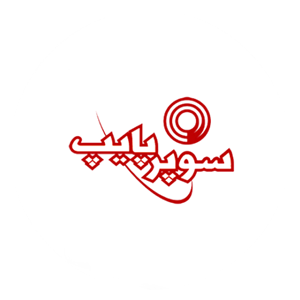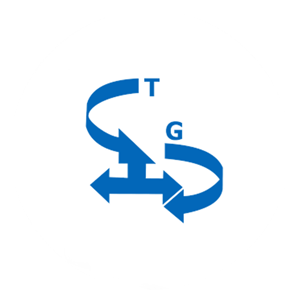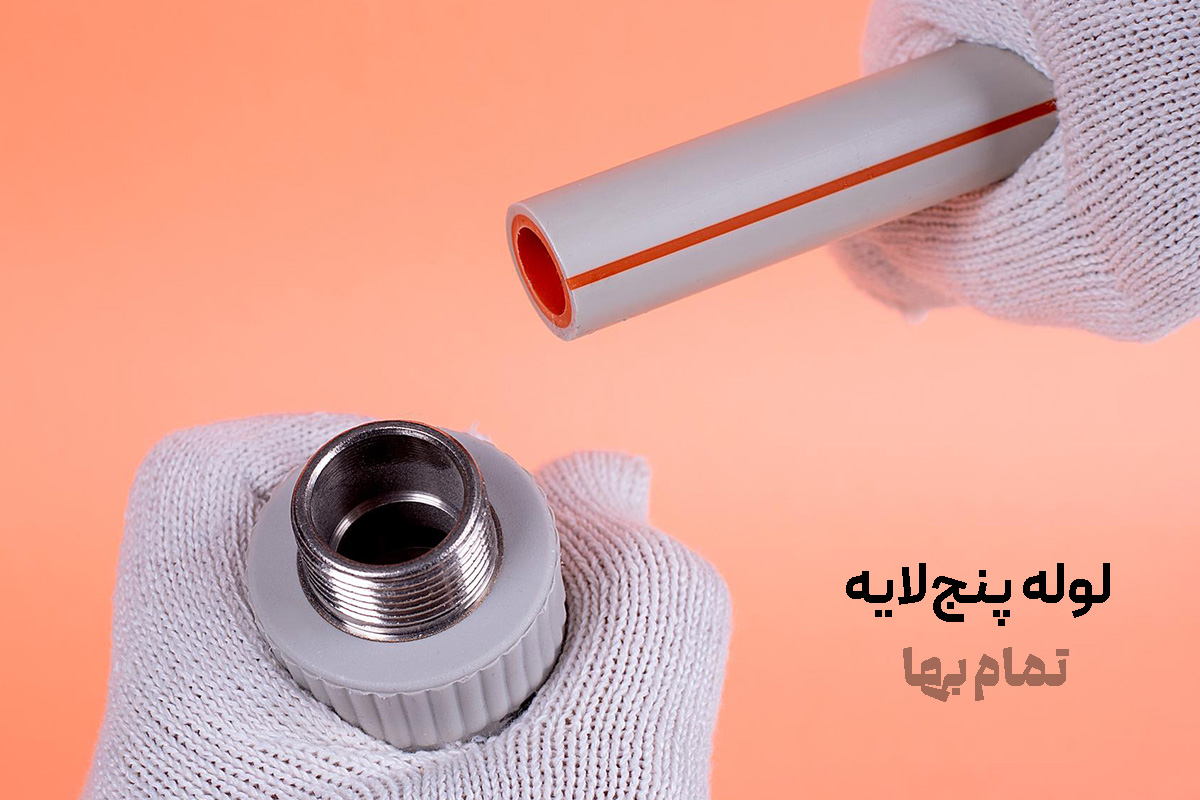Five-layer pipe ranks among the most advanced products in the piping industry and, over the past two decades, has transformed the building services infrastructure, power plants, and process industries. The intelligent bonding of polymer and metal in interleaved layers turns this product into a low-friction, durable, and versatile pipe; it is used both in municipal and domestic drinking-water networks and in high-pressure oil and gas circuits and underfloor heating systems. Below you will find, in detail, everything needed for deep understanding, smart selection, and safe operation of these pipes.
Composite structure and its rationale
Each length of five-layer pipe consists of six main components, because two adhesive layers act as bridges between the structural layers and play a key role:
- Inner polymer core (Inner PE/PEX/PPR/PE-RT): a perfectly smooth surface with a roughness of about 0.003 mm that ensures uniform fluid flow.
- First thermoplastic adhesive: provides full adhesion of the core to the metal foil.
- Seamless or overlap-welded aluminum foil: an oxygen and corrosive-gas barrier that also preserves the pipe’s bend radius.
- Second adhesive: creates a strong bond between the foil and the backing layer.
- Reinforcing backing layer (Fiberglass / Al / PE-RT): raises the pipe’s hoop and axial strength to the 10–20 bar range.
- UV- and abrasion-resistant outer jacket: a protective shield for industrial environments and outdoor exposure.
Technical–application classification
By changing the polymer layers and foil thickness, four main families have formed:
Family Inner & outer shell material Continuous operating temperature range 50-year maximum pressure Typical applications
PEX-AL-PEX Crosslinked polyethylene 0 to 95 °C 10–12 bar Radiator heating, domestic hot water
PE-RT-AL-PE-RT Temperature-resistant polyethylene 0 to 70 °C 8–10 bar Underfloor heating, food industry
PPR-AL-PPR Random copolymer polypropylene −20 to 90 °C 20 bar at 20 °C Cold & hot water supply, compressed air
PE-AL-PE High-density polyethylene −40 to 60 °C 6–8 bar Low-pressure transmission lines, agricultural uses
Key dimensional and thermal specifications
Standards DIN 21003 and ISO 18225 mandate the following ranges for reputable manufacturers:
Outer diameter (mm) Wall thickness (mm) Approx. weight (g/m) Coefficient of linear expansion (×10⁻⁵ m/m·K) Thermal conductivity (W/m·K)
16 2.0 135 2.5 0.40
20 2.25 205 2.3 0.40
25 2.5 300 2.3 0.40
32 3.0 470 2.2 0.40
40 3.5 720 2.1 0.40
50 4.0 1120 2.1 0.40
63 4.5 1770 2.0 0.40
The weight and expansion values are averaged from the catalogs of ten reputable brands.
Engineering and performance advantages
- Minimal pressure drop: a hydrophobic, scale-resistant, uniform inner surface makes pumping economical.
- Thermo-mechanical stability: 1000-hour pressure–temperature tests at 110 °C verified without irreversible deformation.
- High sanitary safety: no release of heavy metals, odor, or taste in continuous contact with drinking water, per NSF 61.
- Small bend radius (5× diameter): enables manifold or overhead layouts with few elbows and joints.
- Calculated 50-year service life: with a safety factor of 1.5 under standard operating conditions.
- Electrical insulation: protects against stray currents and galvanic corrosion; works adjacent to copper or steel pipes without issue.
Known challenges and limitations
- Direct UV radiation can embrittle the outer jacket over the long term; therefore, outdoor exposed runs require a duct or UV-resistant paint.
- Strong polar solvents (ketones, chloroform) degrade mechanical properties; accidental contact should be limited to under 30 minutes.
- Brass fittings with more than 15% zinc in hot-water circuits at pH<6 reduce pipe life; DZR alloys or PPSU are recommended.
- In dry fire-suppression systems, the water-hammer surge limit is 25 bar; hydraulic calculations must respect this ceiling.
Connection types and installation requirements
Three common technologies are used to integrate the network:
- Threaded compression: openable and re-assemblable; suitable for spot repairs and small projects.
- Press fitting: a stainless-steel or aluminum sleeve is pressed at ambient temperature; zero leakage and high installation speed.
- Clamp: sliding polyamide or metal bushing; popular in agricultural lines and compressed air.
Key execution factors:
- Chamfering/calibrating the pipe end with a calibration tool;
- Using double EPDM gaskets for PEX and NBR for PPR;
- Initial pressure test at 1.5× design pressure for at least 60 minutes;
- Class 0 elastomeric insulation in underfloor heating to prevent downward heat loss.
Common piping methods
Radial manifold: each consumer has an independent run to the manifold; network balancing is easily done with the manifold flow meter.
Overhead parallel: suitable for renovations where the floor cannot be demolished; pipes run in the service channel of the suspended ceiling.
Exposed with decorative cover: chosen for gyms and factories where periodic access is essential, providing speed and flexibility.
Reference standards and tests
- DIN 4726: oxygen diffusion control; max 0.1 g/m³·day.
- ISO 15875: long-term pressure–temperature resistance for PEX pipes.
- EN ISO 21003-3: requirements for metal–polymer multilayer systems.
- DIN 1988: hygienic design of internal drinking-water networks.
Operational and maintenance considerations
- The conveyed fluid must be free of suspended particles larger than 50 µm; a mesh strainer at the manifold inlet is mandatory.
- Annual acid cleaning (descaling) of the heating circuit with controlled pH (≥6.5) increases service life.
- In compressed-air networks, relative humidity should be kept below 30% to avoid hydrolytic reactions in the inner layer.
- Visual inspection of welds and press joints is recommended every two years.

Economic comparison with conventional pipes
TCO (total cost of ownership) calculation for a 10-unit residential building:
Pipe type Purchase cost (million IRR) Installation cost Pressure drop over 30 m Estimated service life Ten-year maintenance cost
Five-layer 120 35 8 kPa 50 years 10
Single-layer PPR 70 50 14 kPa 30 years 22
Soldered copper 180 80 6 kPa 40 years 18
The figures show that although the initial investment for five-layer pipe is about 40% higher than PPR, considering the longer life and lower energy costs (due to lower head loss), the break-even occurs within 7–8 years.
Comprehensive purchasing guide by application
- Radiator heating or condensing boiler: 20 and 25 mm PEX-AL-PEX with 2.25–2.5 mm wall thickness are optimal; insist on a brand with DIN CERTCO testing.
- Underfloor heating in concrete slabs: 200 m rolls of 16 mm PE-RT-AL-PE-RT with the ↺ mark on the wall to ensure adequate thermal memory.
- Water supply in high-rise residential towers: PPR-AL-PPR Class S3.2 with nominal pressure 20 bar, also resistant to free chlorine in municipal networks.
- Industrial compressed-air network: PE-AL-PE resistant to compressor-oil uptake; recommend PN16 series aluminum clamp fittings.
Safety notes during storage and handling
- Store coils on a flat wooden pallet, off damp ground, and under a roof.
- Maximum stacking height is 1.6 m to prevent local crushing.
- Do not throw coils off the transport vehicle; changing the bend radius seriously risks stress cracking.
- Keep factory end caps in place to prevent contamination.
Tamam Baha Specialty Store, with a direct supply network from leading domestic and international manufacturers, offers a complete portfolio of five-layer pipes and fittings alongside accessories. Based in Tehran with broad warehousing and Iran-wide delivery within 24–72 hours, it enables tight-deadline project fulfillment and unified replenishment; of course, other distributors also operate in the market, and customers can choose the most suitable option according to project conditions.






